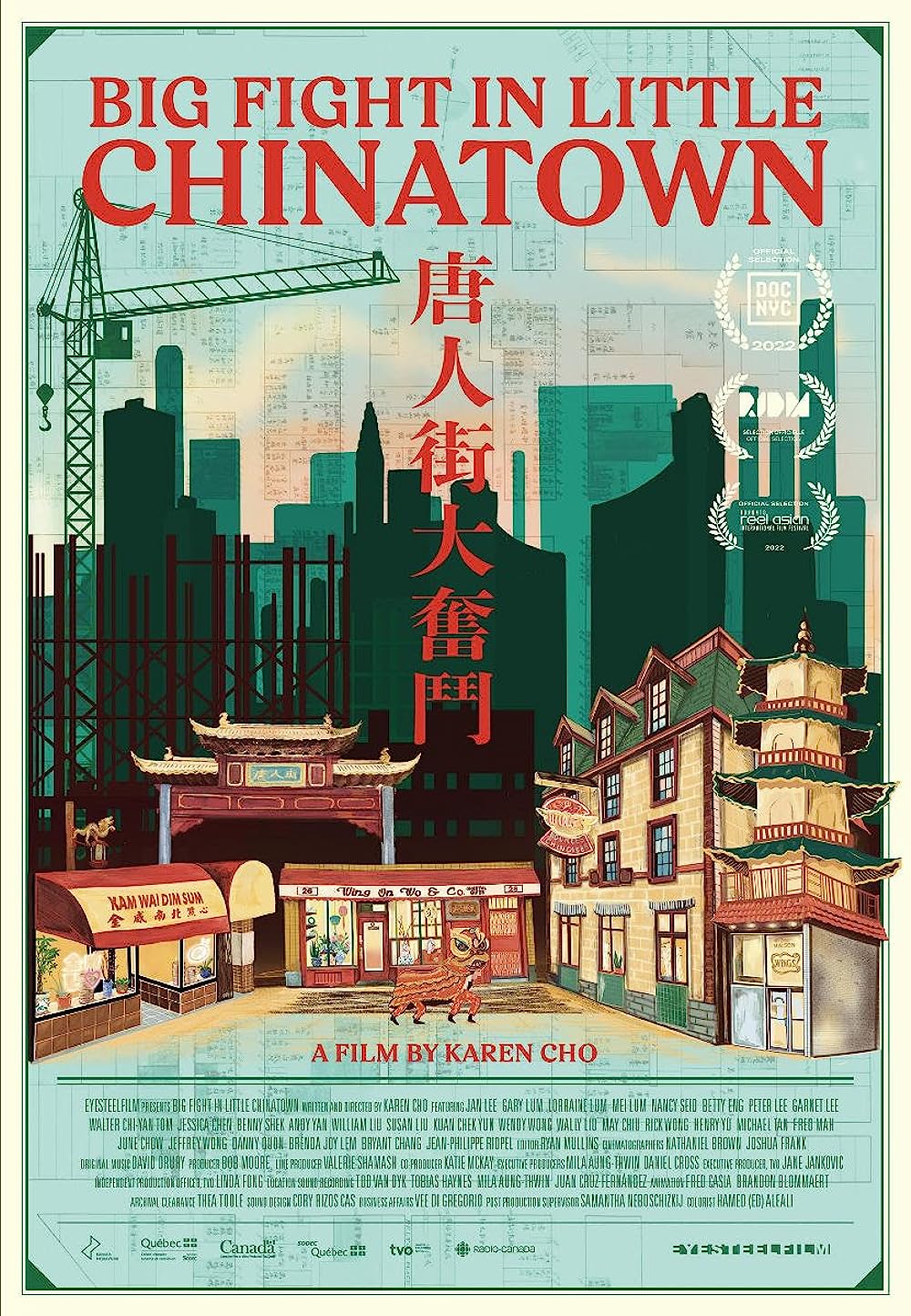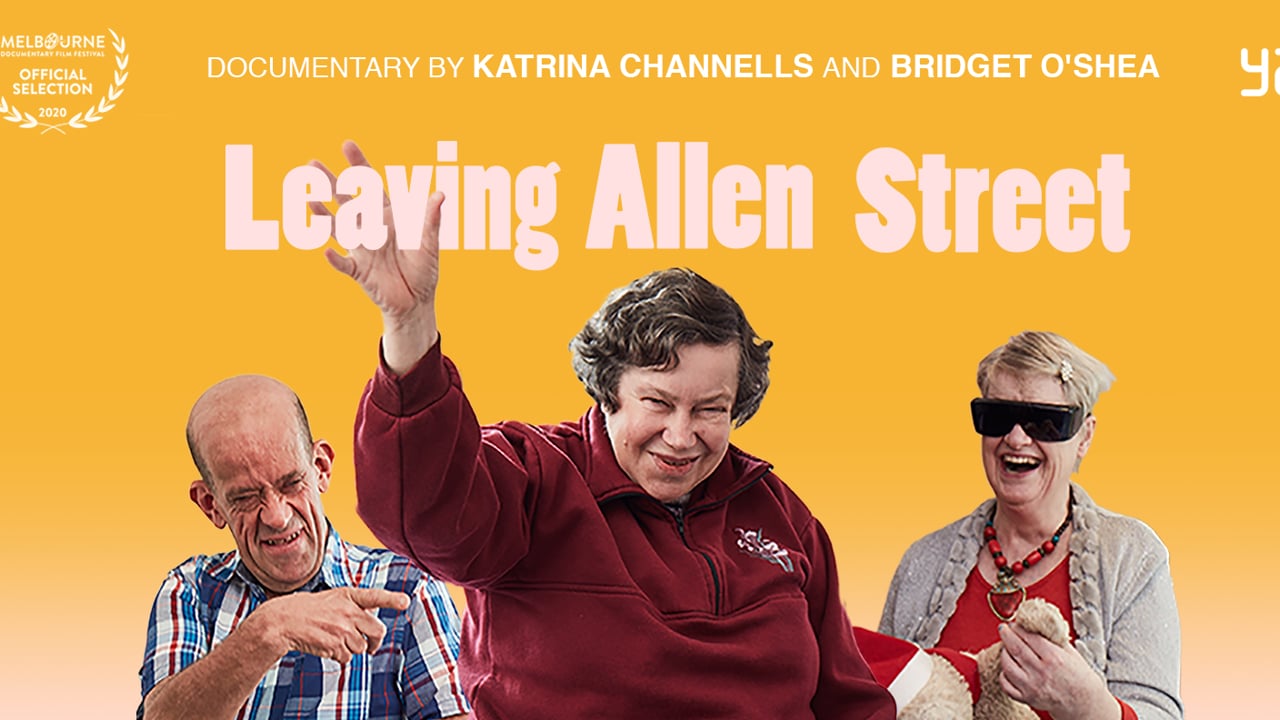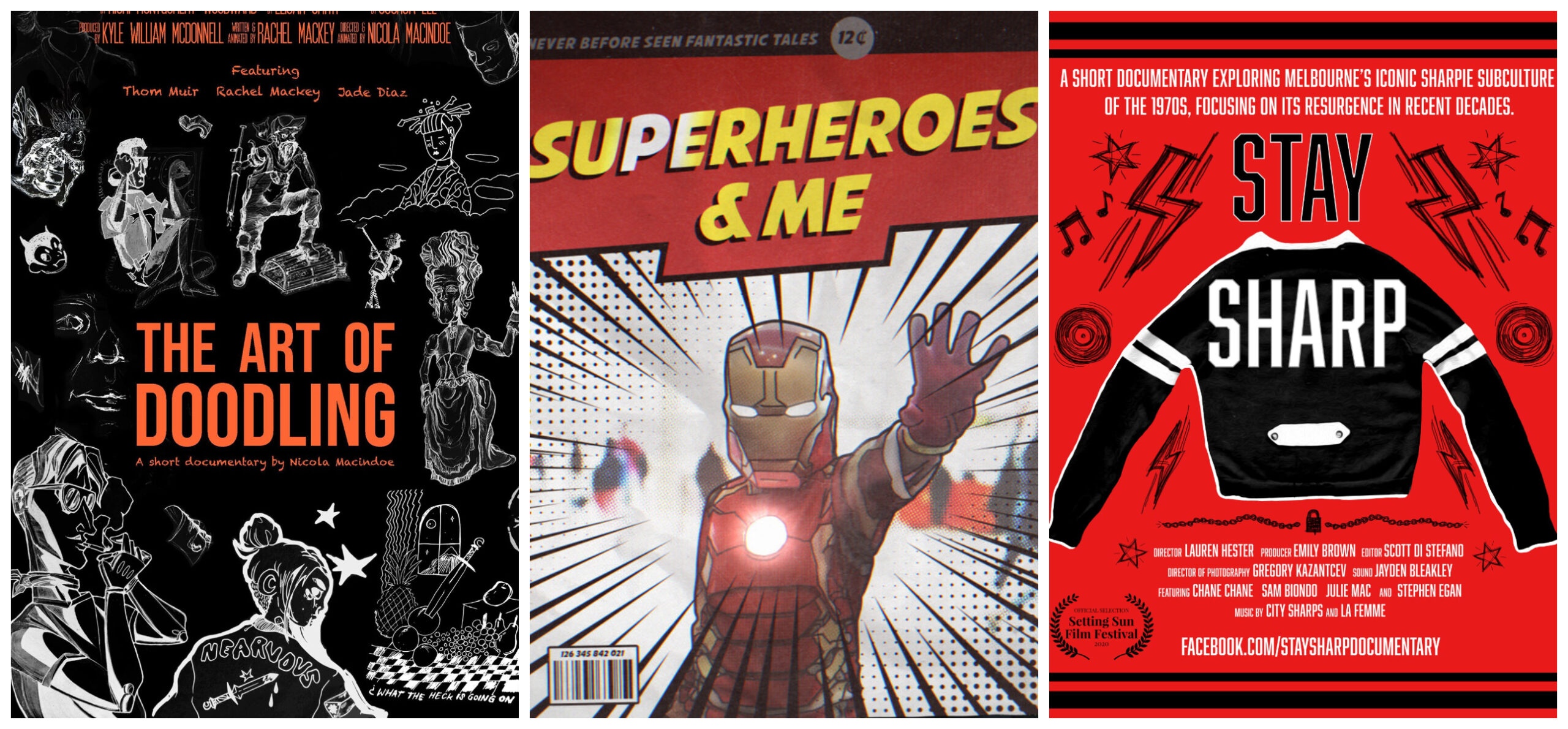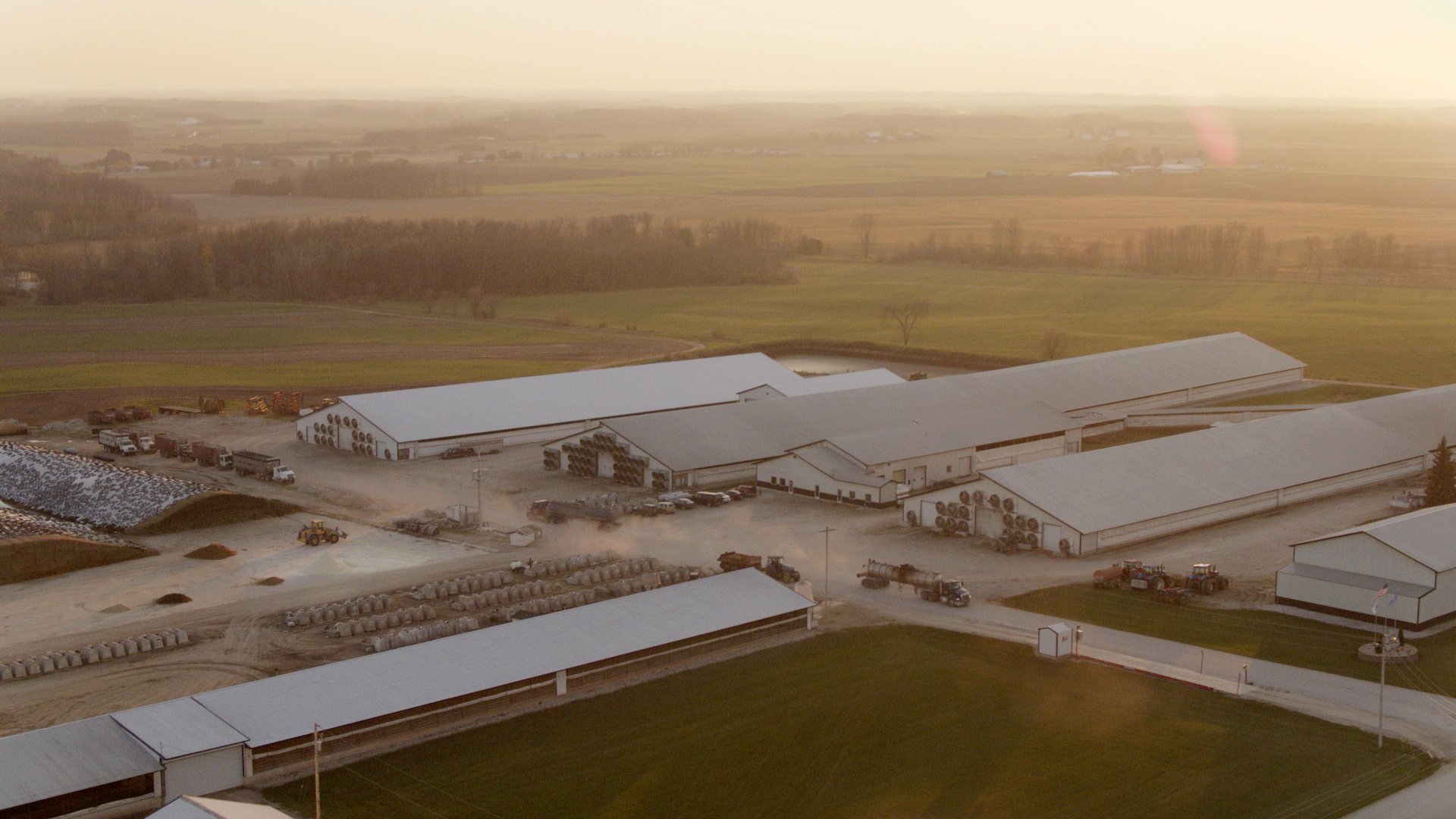Karen Cho’s “Big Fight in Little Chinatown” is a battle cry and a celebration of community.
The documentary takes viewers into the heart of Chinatowns in New York, Montreal, and Vancouver where businesses and residents are facing dire issues that threaten their livelihoods and existence.
Seeing what the communities are up against as they face developers and city officials who want to utilize their historic neighborhoods for things like big commercial stores or, in the case of New York, the world’s largest vertical jail is infuriating. It’s mind-boggling that these communities, which have such a rich history in their cities, would have to argue for their preservation. Who wants a massive vertical jail in their neighborhood? No one.
Where “Big Fight in Little Chinatown” shines brightest is in the stories of the individuals and families it features. Viewers learn about their histories and the connections the residents and small business owners have to their Chinatown neighborhoods—some having been there more than a century. Cho takes the audience into their shops and restaurants and has the viewer bustling between scenes of merchandise, delicious food, mementos and memories in what feels like a beautiful and unique privilege.
Filmed during the COVID-19 pandemic, surgical masks cover many a face. The sight feels familiar yet strange as viewers are transported back to a time of uncertainty. Uncertainty is a dominating theme in the film as the small business owners grapple with the various threats facing their survival. Construction and gentrification are at the forefront of the film, but also the issue of potential loss when multigenerational family businesses run out of generations possessing the desire to take over.
Some of the film’s most poignant moments are those about the new generation in Chinatown. William Liu, a talented opera singer and second-generation owner at Kam Wai Dim Sum in Vancouver, is one of the young people who has decided to continue the family business. Liu movingly states, “I’m okay in my life giving up something I love for something that I love even more which is my family.”
One thing viewers will quickly notice about “Big Fight in Little Chinatown” is how aesthetically pleasing the film is. The cinematography and variety of shots are gorgeous and include vast cityscapes and street scenes to intimate angles that transport you into the storied business spaces. Archival footage and photographs lend a personal quality to the telling of the stories of immigrants who shaped Chinatowns into what they are today.
Cool color grading and a soundtrack that perfectly accompanies the emotion of the film adds to an already dynamic and unforgettable viewing experience.
While “Big Fight in Little Chinatown” tackles serious issues, it excels at celebrating the extraordinary people who love their communities and want to see their neighbors thrive.
What does Chinatown mean to you?
The enduring tone of “Big Fight in Little Chinatown” is one of optimism and rebirth. When something matters to people they will fight to protect and keep it. Maybe things change over time, most things do, but perhaps the heart of what makes them great will remain and prosper continuously.
While Chinatown and other cultural neighborhoods should always be valued and protected, Cho’s film reminds us just how lucky we are to have these vibrant communities in our cities and how destroying the soul of a place ultimately destroys a bit of each of us too.
See “Big Fight in Little Chinatown” streaming online at the Melbourne Documentary Film Festival from July 1st – 31st. For more information, visit: mdff.org.au.




